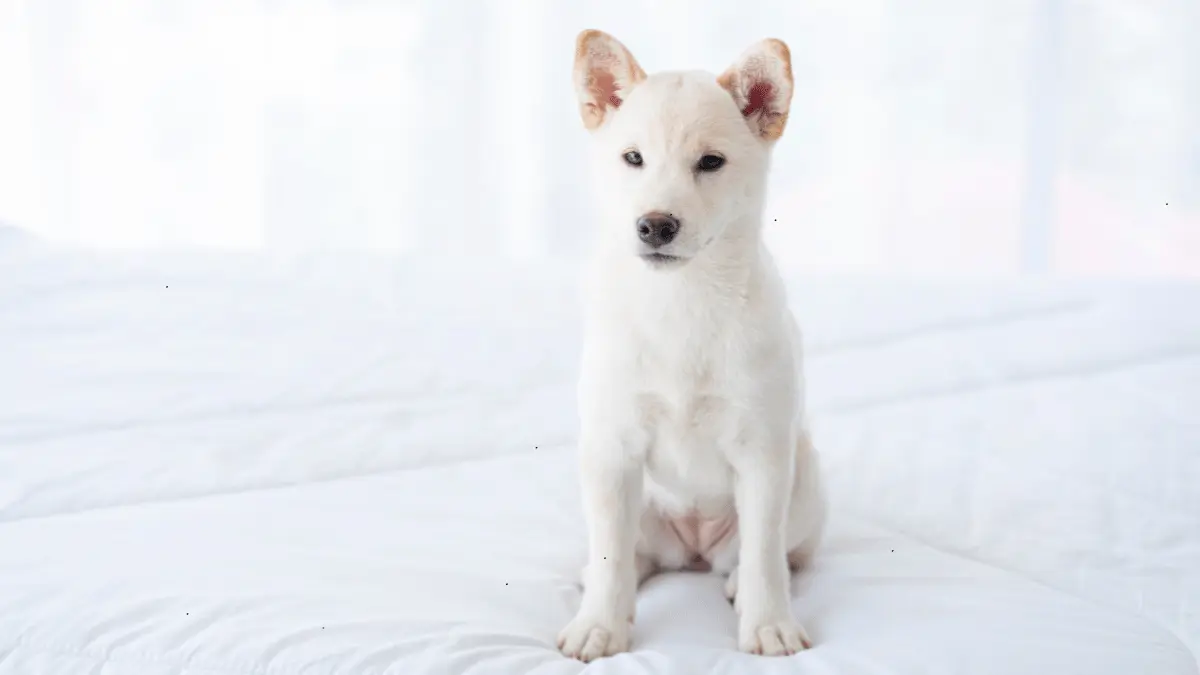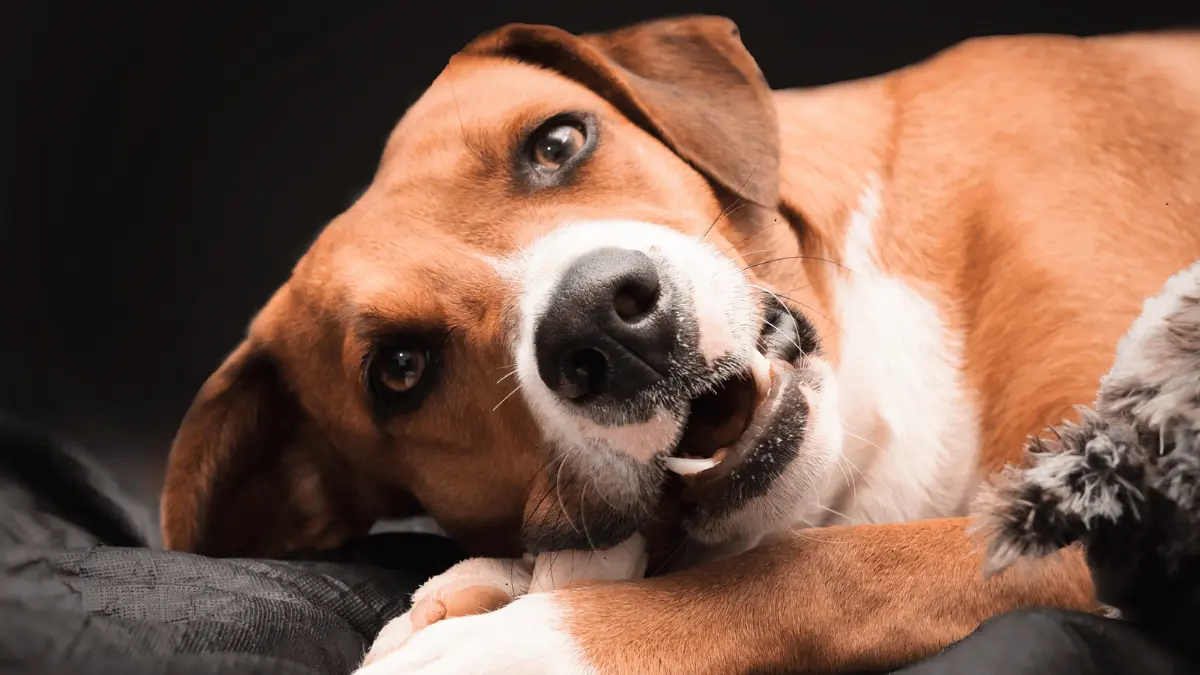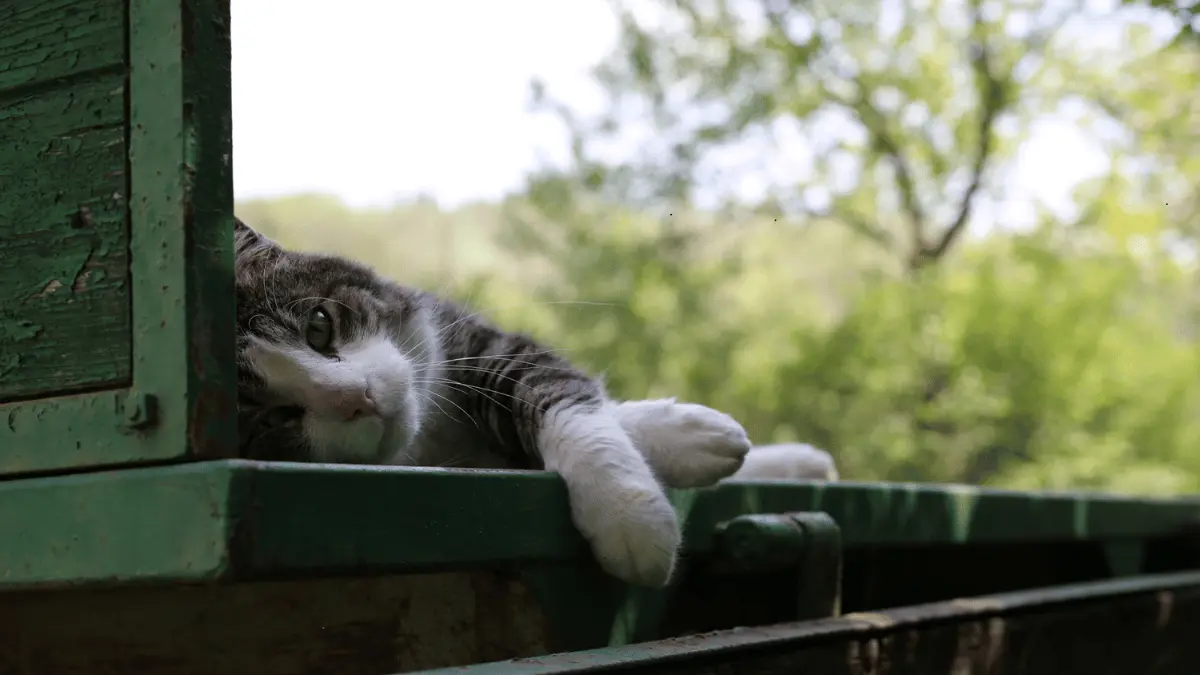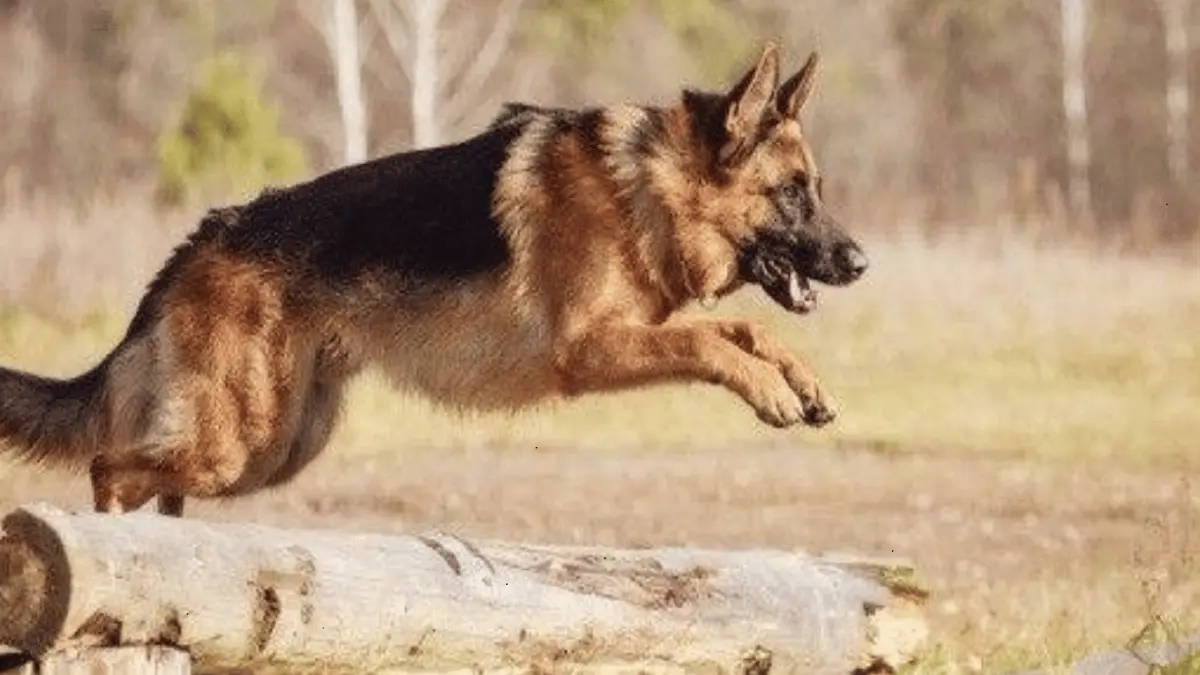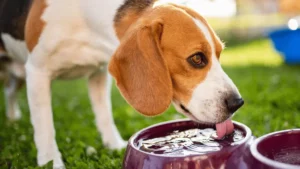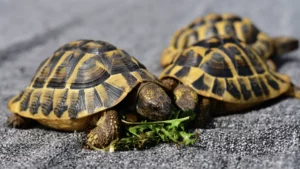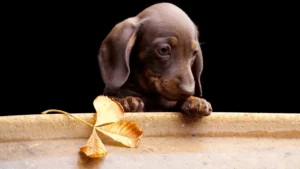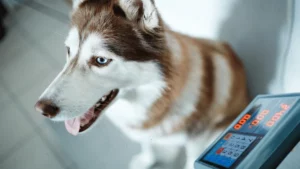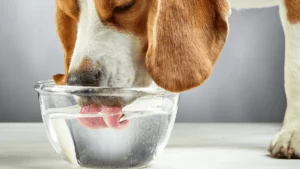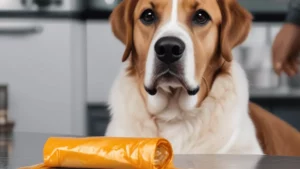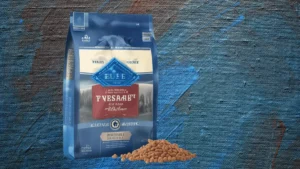Hokkaido Inu: The Snow Dog of Japan
Discover the Hokkaido Inu, Japan’s snow dog, known for its loyalty, strength, and suitability for cold climates.
The Hokkaido Inu, a breed originating from Japan’s northernmost island, is a stunning and hardy dog known for its resilience in harsh winter conditions. With a thick, insulating coat and a strong, athletic build, the Hokkaido Inu is a true survivor. This ancient Japanese dog breed, also known as the Ainu-ken, has a rich history and a loyal, protective nature.
History & Origin
The Hokkaido Inu’s origins can be traced back to the Ainu people, indigenous inhabitants of Hokkaido. These dogs served as hunting companions, particularly for bears, and were prized for their strength, agility, and keen sense of smell. The breed’s name, “Hokkaido Inu,” simply means “Hokkaido dog.”
Physical Characteristics
- Size & Weight: The Hokkaido Inu is a medium-sized dog. Males typically stand around 20 inches (50 cm) tall at the shoulder and weigh 44 pounds (20 kg), while females are slightly smaller.
- Build & Proportions: This breed has a sturdy, muscular build with a deep chest and strong legs. The Hokkaido Inu has a balanced appearance, with its head, body, and legs in proportion.
- Coat Type & Texture: The breed’s most striking feature is its thick, double coat. The outer coat is coarse and straight, while the undercoat is dense and soft. This coat provides excellent insulation in cold weather.
- Coat Colors & Patterns: Hokkaido Inus come in a variety of colors, including red, white, black, brindle, sesame, black and tan, and wolf-gray.
- Head Shape & Features: The Hokkaido Inu has a wedge-shaped head with small, triangular, upright ears. The eyes are dark brown and almond-shaped.
- Tail: The tail is curled and bushy, often touching the hock. It is typically held high when the dog is alert.
- Distinctive Physical Features: One of the breed’s most distinctive features is its thick, insulating coat, which allows it to thrive in harsh winter conditions.
Temperament & Personality
- General Demmeanor: The Hokkaido Inu is a loyal, protective, and independent dog. They are known for their strong bond with their families and can be fiercely protective of their loved ones.
- Behavior Around Family, Strangers, & Children: While they are generally friendly with their families, Hokkaido Inus can be reserved around strangers. Early socialization is essential to help them become comfortable with new people and situations.
- Suitability for Apartments vs. Large Homes: While they can adapt to apartment living, Hokkaido Inus prefer to have a yard or access to outdoor space for exercise.
Training & Intelligence
- Ease of Training: The Hokkaido Inu is an intelligent breed that can be trained with patience and consistency. They respond well to positive reinforcement methods.
- Intelligence Level: This breed is known for its problem-solving abilities and can excel in various activities.
- Special Skills: Historically, Hokkaido Inus were used for hunting, so they have a natural hunting instinct. They can also be trained for other tasks, such as search and rescue or obedience trials.
Exercise & Activity Needs
- How Much Physical Exercise: Hokkaido Inus are active dogs that require regular exercise. They enjoy activities like hiking, running, and playing fetch.
- Types of Activities: This breed is well-suited for outdoor activities and enjoys spending time in nature.
- Suitability for Active vs. Sedentary Lifestyles: The Hokkaido Inu is not a good choice for people who lead sedentary lifestyles. They need a lot of physical and mental stimulation to stay happy and healthy.
Grooming & Maintenance
- Grooming Requirements: The Hokkaido Inu’s coat requires regular brushing to remove loose hair and prevent mats. They shed seasonally, so grooming is especially important during shedding periods.
- Shedding Frequency: The breed sheds moderately throughout the year, but shedding is heavier in the spring and fall.
- Any Special Care for Skin, Coat, or Nails: There are no specific skin or coat care requirements for the Hokkaido Inu. However, regular nail trims are essential to prevent discomfort and injury.
Health & Common Medical Issues
- Known Breed-Specific Health Issues: While generally healthy, Hokkaido Inus can be prone to certain health conditions, including hip dysplasia, progressive retinal atrophy (PRA), and hypothyroidism.
- Lifespan & General Health Concerns: With proper care, Hokkaido Inus can live for 12-15 years. Regular veterinary check-ups and a healthy diet can help prevent health problems.
- Importance of Regular Vet Check-Ups: It is crucial to schedule regular veterinary appointments for your Hokkaido Inu to monitor their health and catch any potential problems early.
Diet & Nutrition
- Ideal Diet: A high-quality dog food that is appropriate for the breed’s size and activity level is recommended.
- Special Dietary Needs: There are no specific dietary needs for the Hokkaido Inu. However, it is essential to avoid overfeeding, as obesity can lead to health problems.
- Feeding Schedule: The feeding schedule should be based on the dog’s age, size, and activity level. Consult with your veterinarian for specific recommendations.
Living Environment & Compatibility
- Ideal Living Conditions: Hokkaido Inus are best suited for homes with a yard or access to outdoor space. They enjoy spending time outdoors and need plenty of room to roam.
- How the Breed Adapts to Different Climates: This breed is well-adapted to cold climates and can tolerate harsh winter conditions. However, they may struggle in extremely hot weather.
- Compatibility with Children and Other Pets: The Hokkaido Inu can be a good family dog when raised with children from a young age. However, they may not be suitable for homes with small pets, such as cats or rodents.
Breed Popularity & Fun Facts
- Popularity Trends: The Hokkaido Inu is not as widely known outside of Japan as some other dog breeds. However, their popularity is growing among those who appreciate their unique qualities.
- Any Fun or Quirky Facts: Hokkaido Inus are known for their strong hunting instincts and can be quite vocal when they sense danger. They are also known for their loyalty and devotion to their families.
Suitability for Owners
- Ideal Type of Owner: The Hokkaido Inu is best suited for active owners who can provide plenty of exercise, mental stimulation, and companionship. They are not ideal for first-time dog owners or those who lead sedentary lifestyles.
- Lifestyle Fit: This breed is not a good choice for people who spend long hours away from home or who are unable to provide sufficient exercise.
- Time Commitment for Training, Exercise, and Grooming: Hokkaido Inus require a significant time commitment for training, exercise, and grooming. Owners should be prepared to devote time to these activities.
Adoption & Buying Tips
- Where to Adopt or Buy the Breed: If you are considering adopting a Hokkaido Inu, check with local rescue organizations or breed-specific rescues. You may also find reputable breeders through the American Kennel Club.
- Key Considerations Before Adopting: Before adopting a Hokkaido Inu, consider your lifestyle, living situation, and ability to meet the breed’s needs. It is also important to research the breed’s health issues and temperament.
The Hokkaido Inu is a fascinating and loyal breed with a rich history. Their resilience, intelligence, and protective nature make them a rewarding companion for the right owner. If you are looking for a hardy, active, and devoted dog, the Hokkaido Inu may be the perfect choice for you.
FAQs
General Information
- Is the Hokkaido dog a Shiba Inu? No, the Hokkaido Inu and Shiba Inu are distinct breeds, although they share some similarities.
- Are Hokkaido dogs rare? While not as widely known as some other breeds, the Hokkaido Inu is not considered rare.
- Are Hokkaido dogs good pets? Hokkaido Inus can make excellent pets for active individuals or families who can provide them with the exercise, companionship, and training they need.
- Do Hokkaido dogs shed? Yes, Hokkaido Inus shed seasonally, but their double coats require regular brushing to keep them looking their best.
- What do Hokkaido dogs eat? Hokkaido Inus should be fed a high-quality dog food that is appropriate for their size and activity level.
- What is the purpose of the Hokkaido dog? Historically, the Hokkaido Inu was used for hunting, but today they are primarily kept as companions.
- What is Japan’s favorite dog? The Shiba Inu is often considered the most popular dog breed in Japan.
Health and Care
- What are the common health problems associated with the Hokkaido Inu? Common health problems include hip dysplasia, progressive retinal atrophy (PRA), and hypothyroidism.
- How often should a Hokkaido Inu be groomed? Hokkaido Inus should be brushed regularly to prevent matting and shedding.
- What is the average lifespan of a Hokkaido Inu? With proper care, Hokkaido Inus can live for 12-15 years.
- How much does it cost to care for a Hokkaido Inu? The cost of caring for a Hokkaido Inu will vary depending on factors such as food, veterinary care, grooming, and training.
Behavior and Training
- Are Hokkaido Inus good with children? Hokkaido Inus can be good with children when raised and socialized properly.
- How do Hokkaido Inus behave around other dogs and pets? They are generally good with other dogs and pets, but early socialization is important.
- Are Hokkaido Inus easy to train? Hokkaido Inus are intelligent dogs that can be trained with patience and consistency.
- What are some common behavioral problems that Hokkaido Inus may exhibit? Common behavioral problems include excessive barking, digging, and destructive chewing.
Lifestyle and Environment
- Are Hokkaido Inus suitable for apartment living? While they can adapt to apartment living, Hokkaido Inus prefer to have access to a yard or outdoor space.
- How much exercise does a Hokkaido Inu need? Hokkaido Inus are active dogs that require daily exercise, such as walks, runs, or playtime.
- Can Hokkaido Inus be left alone for long periods? Hokkaido Inus are social dogs and may experience separation anxiety if left alone for extended periods.
- Are Hokkaido Inus good for families with young children? Hokkaido Inus can be good for families with young children, but early socialization and supervision are essential.
History and Culture
- What is the significance of the Hokkaido Inu in Japanese culture? The Hokkaido Inu has a long history in Japanese culture and is associated with the Ainu people.
- How has the breed’s popularity changed over time? The Hokkaido Inu’s popularity has grown in recent years, but it is still less well-known than some other breeds.
- Are there any famous Hokkaido Inus in history? There are not many famous Hokkaido Inus, but some have appeared in movies and television shows.
- What is the difference between a Hokkaido Inu and a Shiba Inu? While both breeds are native to Japan, the Hokkaido Inu is larger and has a thicker coat than the Shiba Inu.
Further Reading
Want to delve deeper into the world of the Hokkaido Inu? Check out these resources for more information on this fascinating breed:
- American Kennel Club: Learn about the Hokkaido Inu breed standard, temperament, and history from the American Kennel Club: Link
- Wikipedia: Explore the Hokkaido Inu’s Wikipedia page for a comprehensive overview of the breed, including its origins, physical characteristics, and cultural significance.
- Wisdom Panel: Discover the Hokkaido Inu’s genetic makeup and traits through Wisdom Panel’s breed information: Link
- Hokkaido Ken Club of America: Connect with the Hokkaido Ken Club of America, a dedicated group of breeders and enthusiasts who can provide breed-specific information and resources: Link
- Dogster: Uncover interesting facts and insights about the Hokkaido Inu on Dogster’s breed page: Link
- Dogtime: Read about the Hokkaido Inu’s personality, care needs, and suitability for different lifestyles on Dogtime’s website: Link
- WagWalking: Get tips on training, grooming, and caring for your Hokkaido Inu companion on WagWalking’s breed information page: Link
